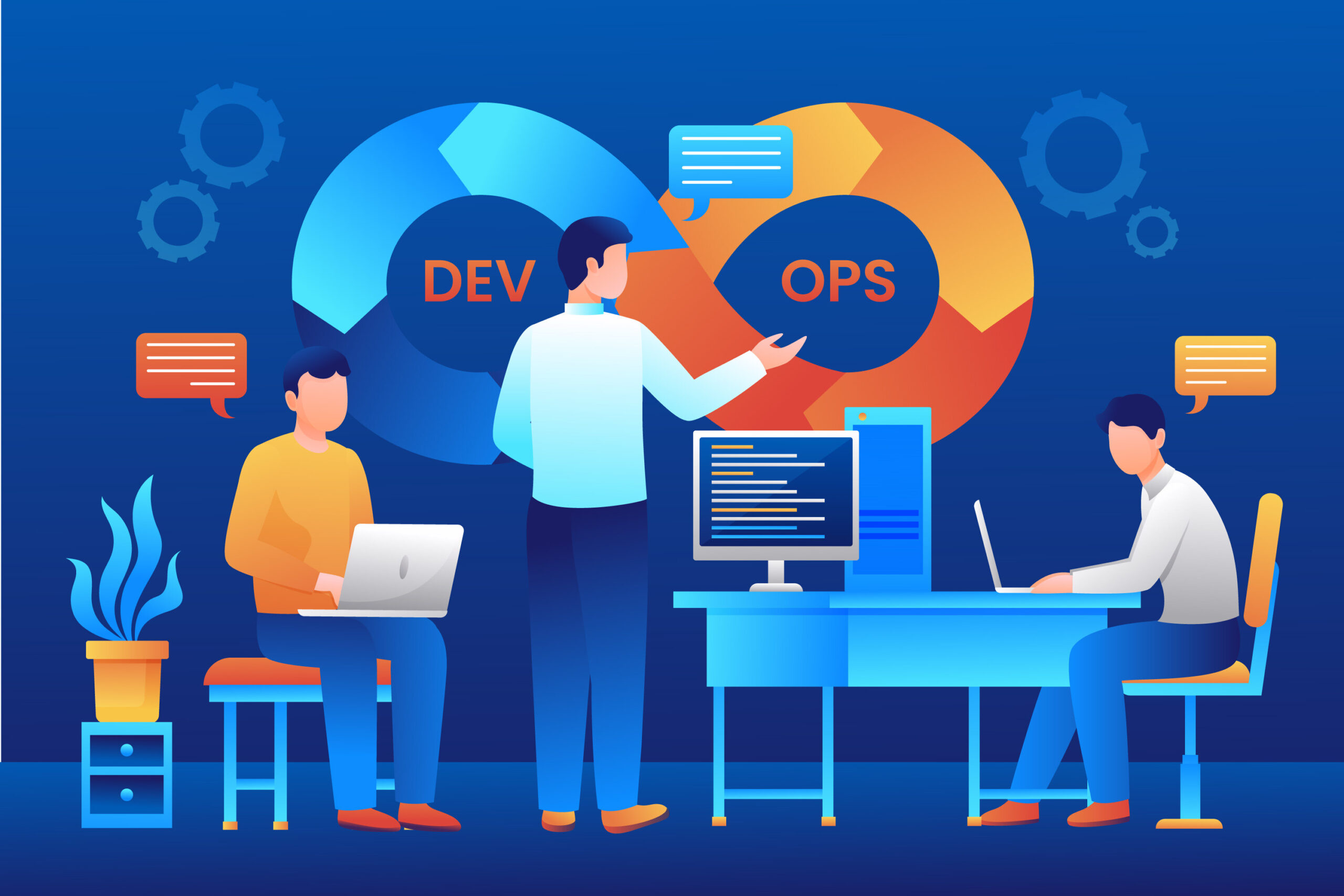
DevOps has established itself as a fundamental methodology in the rapidly evolving landscape of software development. As organizations strive for faster delivery cycles and more secure applications, the transition from Continuous Integration/Continuous Deployment (CI/CD) to DevSecOps is gaining momentum.
This article explores how expanding your DevOps practices to include DevSecOps can enhance both software development and security.
What is DevOps?
DevOps is a set of practices that combines software development (Dev) and IT operations (Ops). The primary goal of DevOps is to shorten the systems development life cycle and provide continuous delivery with high software quality. DevOps promotes a culture of collaboration between historically siloed teams.
Understanding CI/CD
Continuous Integration (CI) and Continuous Deployment (CD) are fundamental components of DevOps. CI involves the regular merging of code changes into a central repository, followed by automated builds and tests. CD extends this process by automating the deployment of code changes to production environments. Together, CI/CD ensures that software is released quickly and reliably.
The Evolution of DevSecOps
DevSecOps is an extension of DevOps that integrates security practices into the software development lifecycle. The aim is to make security a shared responsibility among development, operations, and security teams. This evolution addresses the growing need for security in today’s complex and dynamic IT environments.
Key Benefits of DevSecOps
- Enhanced Security: By incorporating security early in the development process, DevSecOps helps identify and address vulnerabilities before they become critical issues.
- Faster Time-to-Market: Automated security checks and compliance validation ensure that security does not become a bottleneck, enabling faster release cycles.
- Improved Compliance: DevSecOps facilitates compliance with industry standards and regulations by integrating security and compliance checks into the CI/CD pipeline.
- Reduced Costs: Early detection and mitigation of security issues reduce the costs associated with post-release patches and fixes.
Implementing DevSecOps: Best Practices
1. Shift Left on Security
Shifting left on security means integrating security practices early in the development process. This includes conducting security assessments during the design phase and performing code reviews and static analysis during development.
2. Automate Security Testing
Automated security testing is crucial for maintaining the speed and efficiency of DevOps. Tools like SAST (Static Application Security Testing), DAST (Dynamic Application Security Testing), and IAST (Interactive Application Security Testing) can be integrated into the CI/CD pipeline.
3. Continuous Monitoring
Continuous monitoring involves tracking and analyzing application behavior in real-time to detect and respond to security threats. This includes using tools for log management, threat detection, and incident response.
4. Implementing Policy as Code
Policy as Code involves defining security and compliance policies in a machine-readable format that can be automatically enforced. This ensures consistent and repeatable security practices across all stages of development and deployment.
Tools for DevSecOps
There are several tools available to facilitate the implementation of DevSecOps practices. Some of the most popular ones include:
- Jenkins: An open-source automation server that supports CI/CD pipelines.
- Puppet: A configuration management tool that helps automate the provisioning and management of infrastructure.
- Ansible: An open-source tool for IT automation, configuration management, and application deployment.
- SonarQube: A tool for continuously inspecting code quality to perform automatic reviews.
- OWASP ZAP: An open-source web application security scanner.
Real-World Examples of DevSecOps
1. Netflix
Netflix is a pioneer in the adoption of DevSecOps. The company integrates security into its development pipeline using a combination of automated tools and manual processes. Netflix’s Security Monkey, an open-source security monitoring tool, helps ensure the security of its AWS environment.
2. Adobe
Adobe has embraced DevSecOps to enhance the security of its cloud services. The company uses a combination of SAST, DAST, and continuous monitoring tools to identify and mitigate security vulnerabilities throughout the development lifecycle.
Overcoming Challenges in DevSecOps Implementation
While the benefits of DevSecOps are clear, implementing it can be challenging. Some common challenges include:
- Cultural Resistance: Shifting to a DevSecOps culture requires buy-in from all stakeholders. This can be achieved through training and awareness programs.
- Tool Integration: Integrating security tools into the CI/CD pipeline can be complex. Choosing the right tools and ensuring compatibility is crucial.
- Skill Gaps: DevSecOps requires a combination of development, operations, and security skills. Investing in training and hiring the right talent is essential.
Future Trends in DevSecOps
The field of DevSecOps is continually evolving. Some future trends to watch for include:
- AI and Machine Learning: AI and machine learning are being increasingly used to enhance security testing and threat detection.
- Serverless Security: As serverless architectures gain popularity, new security practices and tools are being developed to address their unique challenges.
- Zero Trust Security: The Zero Trust model, which assumes that threats can originate from both inside and outside the network, is gaining traction in the DevSecOps community.
Conclusion
The transition from CI/CD to DevSecOps represents a significant evolution in the DevOps landscape. By integrating security practices into the development lifecycle, organizations can enhance the security, compliance, and efficiency of their software development processes. As the field continues to evolve, adopting DevSecOps practices will become increasingly crucial for staying competitive and secure in the fast-paced world of software development.
Implementing DevSecOps may pose challenges, but the benefits far outweigh the difficulties. By following best practices and leveraging the right tools, organizations can successfully expand their DevOps practices to include security, ensuring the delivery of high-quality, secure software.
In summary, expanding your DevOps practices from CI/CD to DevSecOps is not just a trend but a necessity in today’s digital landscape. Embrace the change, invest in the right tools and training, and watch your organization thrive in a secure and efficient development environment.








Профессиональный сервисный центр по ремонту бытовой техники с выездом на дом.
Мы предлагаем:сервисные центры в москве
Наши мастера оперативно устранят неисправности вашего устройства в сервисе или с выездом на дом!